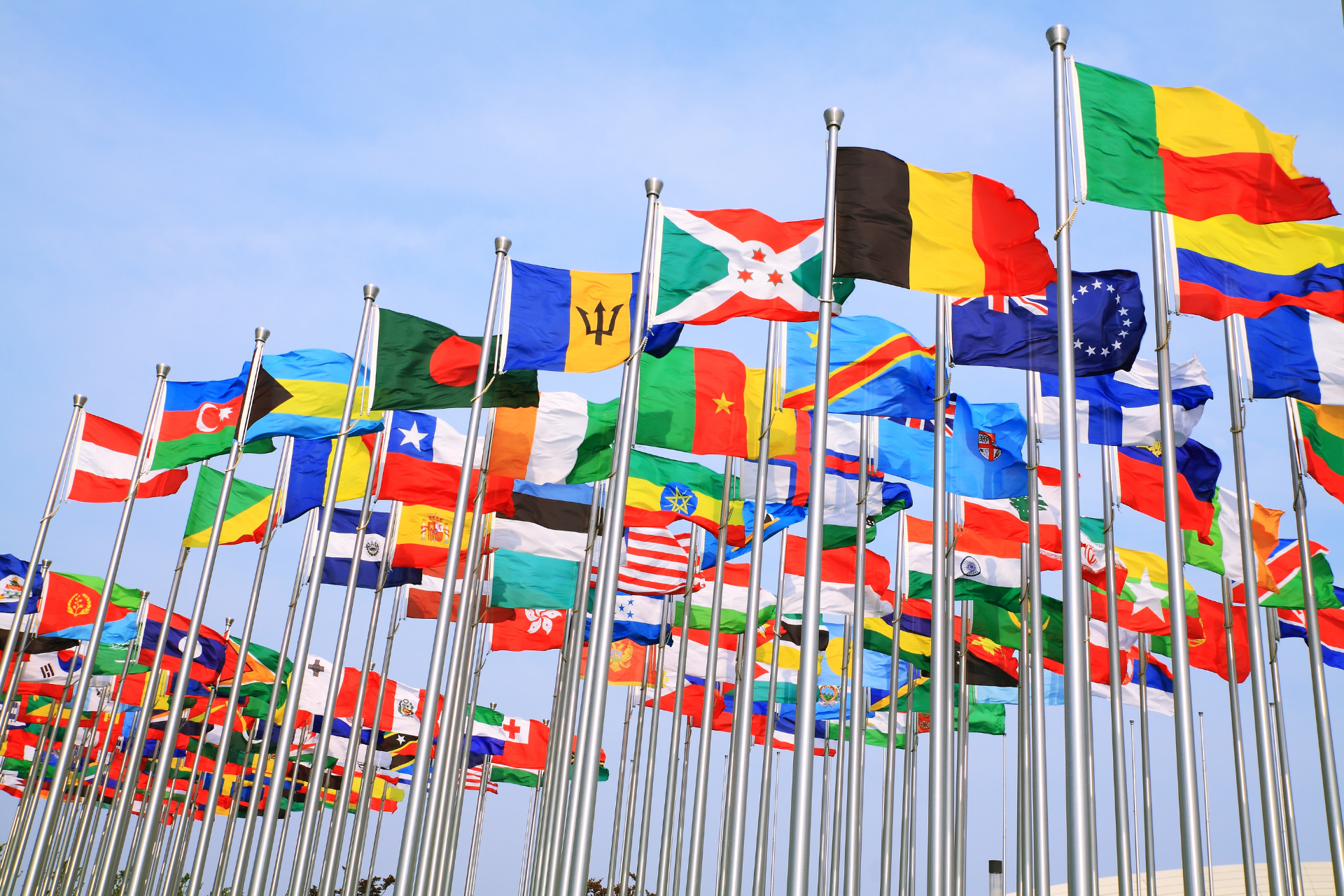By María José Gamba
The Logistics Behind Global Events: How North America Is Preparing for the 2026 World Cup
When people think about the World Cup, they often imagine players, stadiums, and fans. However, behind the excitement lies a massive logistics operation that keeps everything running smoothly. As Mexico, the United States, and Canada prepare to co-host the 2026 FIFA World Cup, logistics coordination has become one of the most complex and crucial challenges in recent years.
1. The Backbone of Every Major Event: Strategic Logistics Planning
The success of any global event depends on precise logistics management. From transporting sports equipment and managing customs procedures to ensuring real-time communication among international partners, every step demands accuracy.
According to Prensa Latina, the three host nations are already collaborating to harmonize transportation routes, enhance customs clearance, and ensure sustainable operations across borders.
This level of cooperation illustrates how logistics has evolved—it’s no longer just about moving goods. It’s about designing interconnected systems that keep global operations synchronized.
2. Mexico’s Role in Strengthening Regional Logistics
Mexico is enhancing its logistics infrastructure to meet the demands of this mega-event. Highway expansions, airport upgrades, and improvements in major ports such as Veracruz and Manzanillo reflect a clear commitment to strengthening its logistics network.
These efforts will not only support the World Cup but also benefit industries like manufacturing, e-commerce, and nearshoring in the long run.
For further insight, visit Mexico Business News – Logistics & Infrastructure.
3. Lessons for Logistics Providers and Supply Chain Companies
Beyond the event itself, there are valuable lessons for companies in the logistics sector. Flexibility, transparency, and digitalization are now fundamental. Businesses that embrace logistics technologies such as predictive analytics, real-time tracking, and multimodal transport platforms will gain a competitive advantage.
In particular, companies operating between the U.S., Mexico, and Canada need integrated logistics strategies to manage customs efficiently and minimize delays.
For insights into future trends, see DHL Logistics Trends Radar.
4. Sustainability: A New Priority in Global Logistics
The 2026 World Cup represents an opportunity to innovate in sustainable logistics. Governments and private operators are incorporating electric fleets, green corridors, and carbon-tracking systems. These practices are not just environmentally responsible—they also improve operational efficiency and reputation among global partners.
Sustainable logistics is becoming a shared responsibility that connects public policy, technology, and private investment.
5. Americas Forwarding: Supporting the Future of North American Logistics
In this evolving context, Americas Forwarding stands out as a trusted partner for cross-border logistics. With extensive experience across North America, the company provides solutions that combine technology, data analysis, and real-time monitoring to ensure secure and efficient logistics operations.
From large-scale events like the World Cup to daily freight management, Americas Forwarding demonstrates that effective logistics is the foundation of international success.
6. Final Thoughts: Great Events Depend on Great Logistics
As the countdown to 2026 continues, it’s clear that logistics will determine how the world experiences this historic tournament. Beyond the stadiums and celebrations, what truly connects nations and fans is the seamless movement of goods, people, and ideas.
In the end, the real champions of global coordination are the logistics teams that make it all possible.

